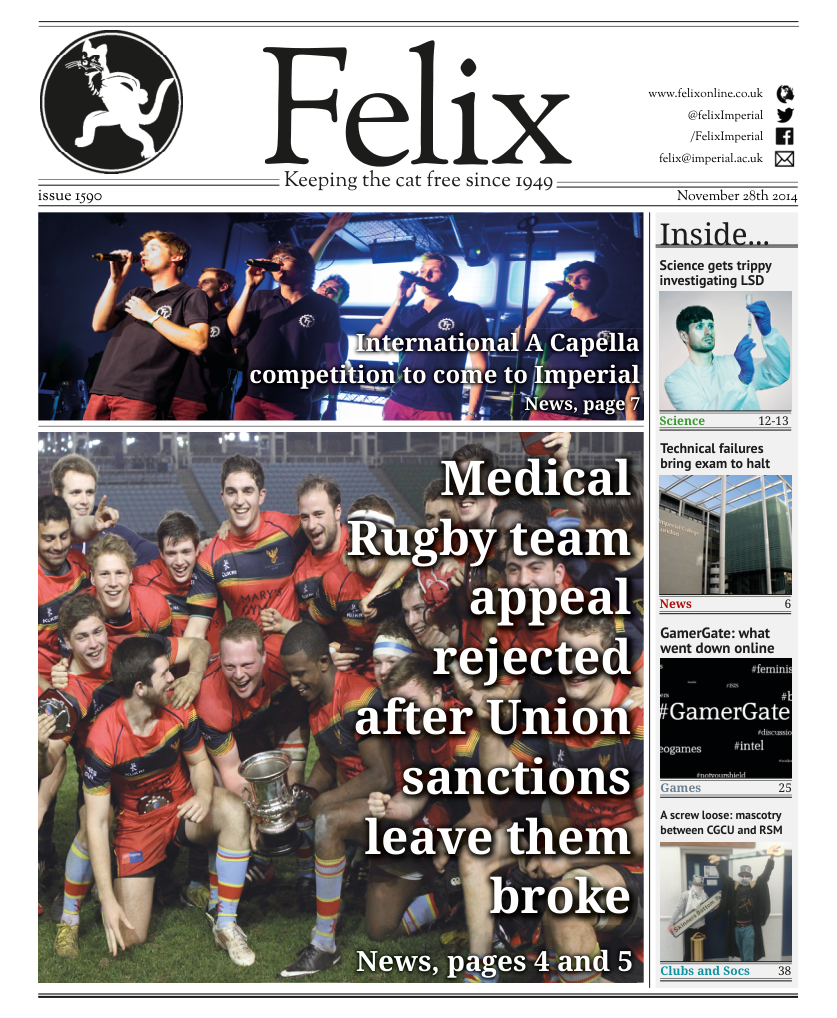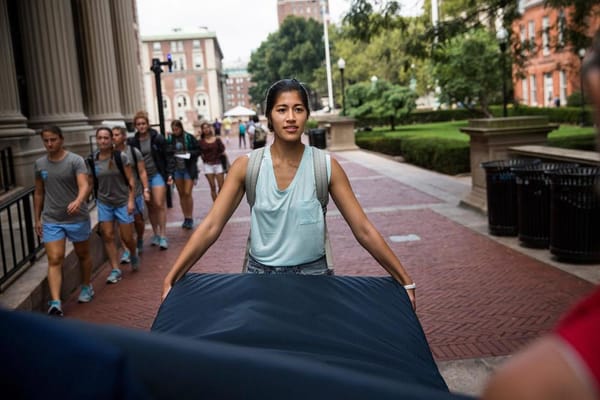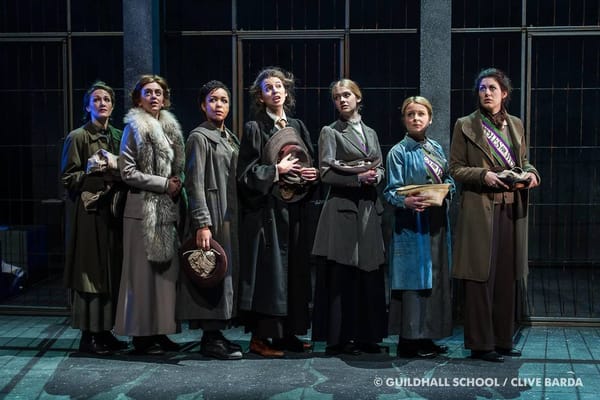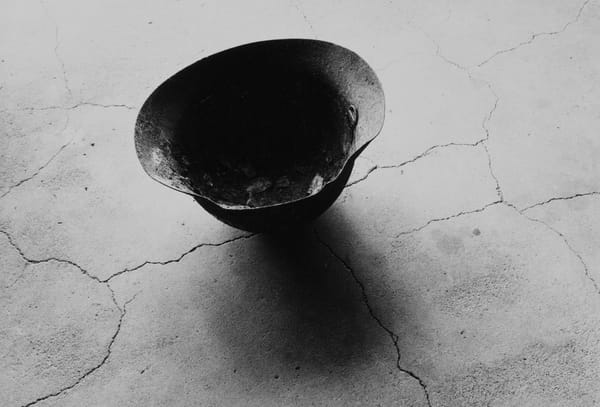A Reimagination of Biblical Size
Clara Clark Nevola takes on the ENO's gospel interpretation
Two huge, historically successful institutions which have recently lost their appeal, their relevance and many of their dedicated followers: Opera and Christianity. What better way to show the reviving powers of art than to create an exciting, contemporary opera about the Passion of Christ? As pretty much everything in this new piece by John Adams, it’s a good idea with truly disastrous results.
The Gospel According to the Other Mary, which the composer describes as a “Passion oratorio”, is a companion piece to his much acclaimed piece El Nino, about the birth of Jesus. It aims to tell the other central Christian story, the Passion of Christ, though even this simple concept is not necessarily obvious from the staging of the production. In an attempt to score triple brownie points (contemporary opera, contemporary take on Christianity and awareness of social injustice and gender issues) the opera is recounted from the point of view of the women who partook in Jesus’ life: Mary Magdalene, her sister Martha and the downtrodden, disenfranchised and exploited women who made up the core of his early followers. Mary Magdalene is initially a promising character; jailed for political protest, abused and mistreated in her past, she is an unstable, self-harming and mystical character, embodying the ambiguous sensuous-spiritual love for Christ that the traditional redeemed-prostitute view of her hints at. After a few hopeful scenes however she seems to just drift around pointlessly, leaving the leading role to secondary characters. This is a real shame, as the reinterpretation of Mary in this modern key is one of the most original ideas of this derivative and repetitive production.
The opera is split in two acts, each of which recounts key stories from the Passion. The staging is modern but so sparse and inconsistent that it is hard to place. We’re told that Mary has been to prison, in which her cell mate was a drug addict going cold turkey and that Martha runs a hostel for homeless women, setting the scene for a tough urban setting. Most of the large choral scenes, showing large dissatisfied rebellious crowds, are sung in Spanish, evoking scenes of 20th Century workers protest in South America. Above it all floats a moving cloth with painted images of the prostate body of Christ. It is doubtful whether Peter Sellars, the director, had a clear idea of what he wanted the stage to look like, but if he did, he certainly did not get round to telling anyone else.
The interesting idea in the opera is the recounting of Biblical stories through the eyes of women. To do this Sellars, who also wrote the libretto, took female-friendly (or at least neutral) texts from both the Old and the New testament, bulking them out with an interesting array of 20th century poetry and texts from Saint Hildegard of Bingen (a 12th century mystic). These create excellent juxtapositions, taking the edge off the preachy-ness by integrating well known biblical phrases with emotionally charged, graphic language. Regrettably, the libretto does not shine as it should, despite the very competent soloists. The dramatic text and rousing (though long winded) music don’t do enough to lift the drab stage and passive cast. The opera is trying to tell us that the motives and problems that motivated Jesus and his early followers are as pressing and relevant today as they were then, but how can we believe it when the cast display so little involvement and commitment? Their passivity is slightly mitigated by four “dancer” figures, who animate the characters like shadows. Most of the time they’re an annoyance, and further confuse the story as they are not fixed to their character, flitting from one to the other as props in a school play. The one glorious exception to this (almost the redeeming feature of this production) is Banks, an astonishing flex-dancer who represents the moods of each scene. The second act is completely taken over by him, as he is the only alive, vibrant and interesting thing left in the performance. Certainly his presence is a bit odd, and definitely distracting from the story, but his performance is so extraordinary compared to the flat, lifeless and convoluted production that his presence is defiantly a relief.
It’s a shame to have picked up so many promising ideas and to have ruined every one of them- John Adams and Peter Sellars would have done well to take tips from Andrew Lloyd Webber and Tim Rice about how to make an edgy contemporary opera about Jesus- the Gospel According to the Other Mary has none of the snappy popularity of Jesus Christ Superstar, none of the intimate spirituality if faith and nothing that could keep the audience in their seats past the interval.
The Gospel According to the Other Mary runs at the ENO’s Coliseum until 5th December. Tickets available from £5.









